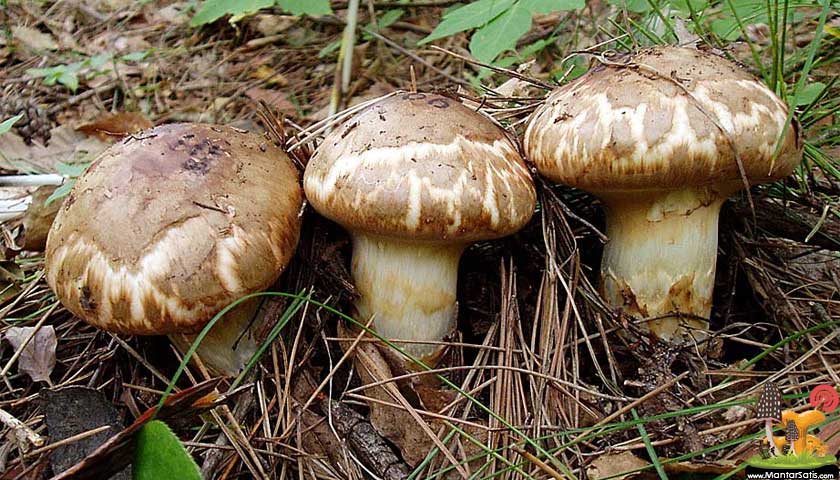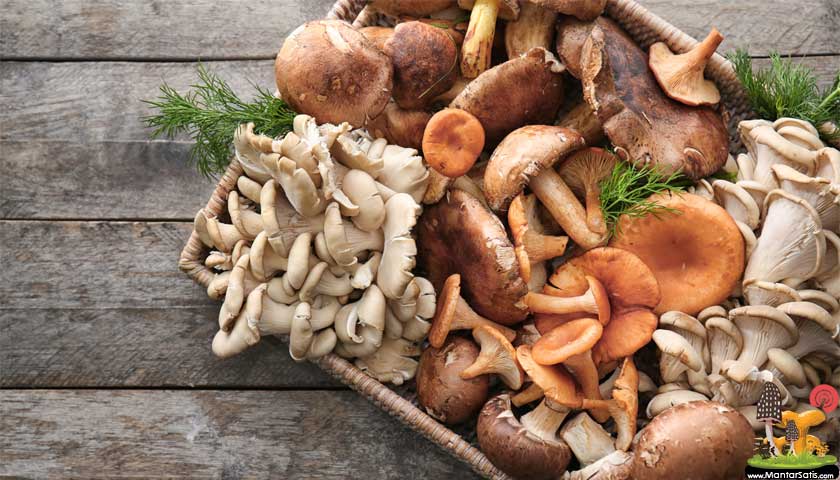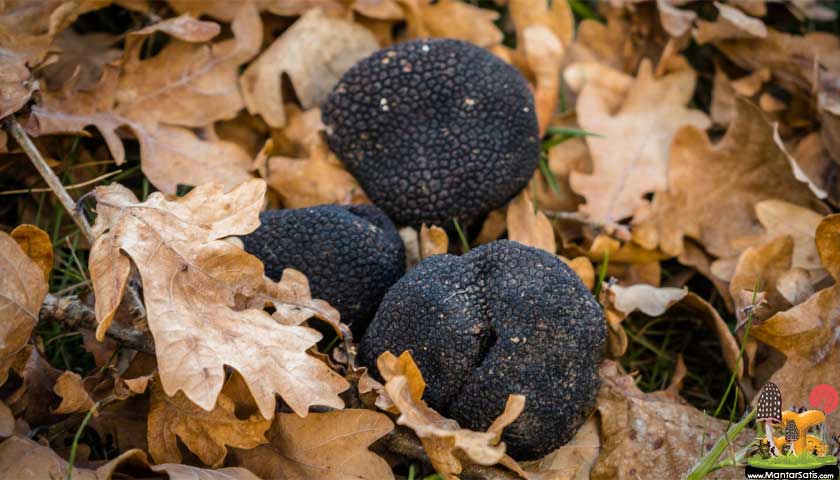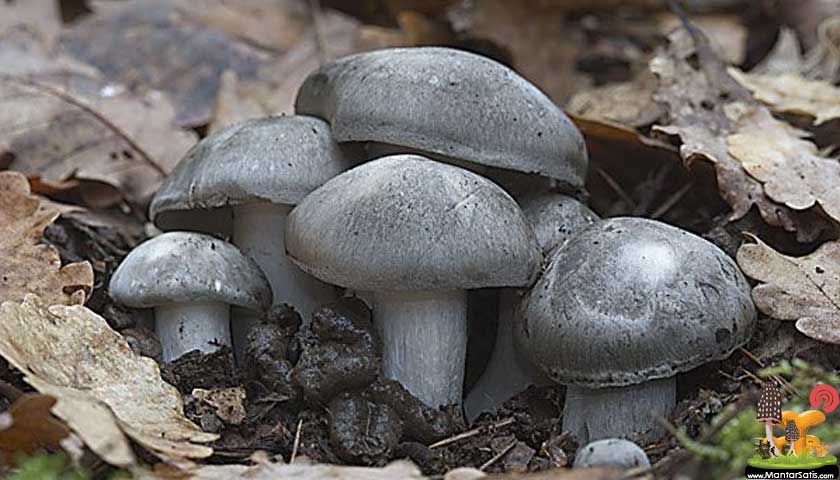Tricholoma Matsutake Mantarı
Matsutake (Japonca: 松茸) veya Tricholoma matsutake, çam ağacında yetişen bir mantar türüdür. Asya, Avrupa ve Kuzey Amerika’da yetişmekte olup farklı baharatlı aromalı kokusuyla Japon, Kore ve Çin mutfaklarında kullanılmaktadır.
Güzel anılardan bir sonbahar gezintsine devam etmek için temiz ve berrak bir bölgede, Kore’de, Inje’nin doğal Tricholoma Matsutake’sinin ilk üretildiği yerdeki eşsiz tadı izleyin. Inje, miktarı iklim ve sıcaklığa göre değişse de, her yıl hemen hemen 30 ton doğal Tricholoma Matsutake üretir. Lezzetindeki mükemmellik ve kokusuyla bu mantarlar, Kore’de en düşük fiyatlarla tüketiciye doğrudan temin edilmektedir. Inje’nin doğal Tricholoma Matsutake’si olağanüstü bir şekilde yumuşak ve gevrektir.Güzel kokusu herkesin iştahını cezbeder ve yarı pişmiş mantarlar Tricholoma Matsutake’ye bir diğer eşsiz tadını verir. (Çeviri: Mühürdar Mishil)
Matsutake (Japanese: 松茸), Tricholoma matsutake, is a highly sought species of choice edible mycorrhizal mushroom that grows in Asia, Europe, and North America. It is prized in Japanese, Korean, and Chinese cuisines for its distinct spicy-aromatic odor.
Habitat and distribution
Matsutake mushrooms grow under trees and are usually concealed under litter on the forest floor, forming a symbiotic relationship with roots of various tree species.
Matsutake mushrooms grow in eastern Asia in China, Japan, Korea, Bhutan and Laos; in Europe, in Estonia, Finland, Norway, Poland and Sweden; and on the Pacific coasts of Canada and the United States.
In Korea and Japan, matsutake mushrooms are most commonly associated with Pinus densiflora.
Similar species
In the North American Pacific Northwest, Tricholoma murrillianum is found in coniferous forests of one or more of the following tree species: Douglas fir, Noble fir, Shasta red fir, Sugar pine, Ponderosa pine, or Lodgepole pine. In California and parts of Oregon, it is also associated with hardwoods, including Tanoak, Madrone, Rhododendron, Salal, and Manzanita. In northeastern North America, the closely related mushroom Tricholoma magnivelare is generally found in Jack pine forests. A report published in 2000 indicated that Tricholoma nauseosum and matsutake (T. matsutake) are the same species.
Cost and availability
Though simple to harvest, matsutake are hard to find because of their specific growth requirements, the rarity of appropriate forest and terrain and competition from wild animals such as squirrel, rabbits and deer for the once-yearly harvest of mushrooms. Domestic production of matsutake in Japan has also been sharply reduced over the last 50 years due to the pine-killing nematode Bursaphelenchus xylophilus, and the annual harvest of matsutake in Japan is now less than 1,000 tons, with the Japanese mushroom supply largely made up by imports from China, Korea, the Pacific Northwest, British Columbia, and northern Europe. This results in prices in the Japanese market highly dependent on quality, availability, and origin that can range from as high as $1,000 per kilogram for domestically harvested matsutake at the beginning of the season to as low as $4.41 per kilogram ($2 per pound), though the average value for imported matsutake is about $90 per kilogram.




